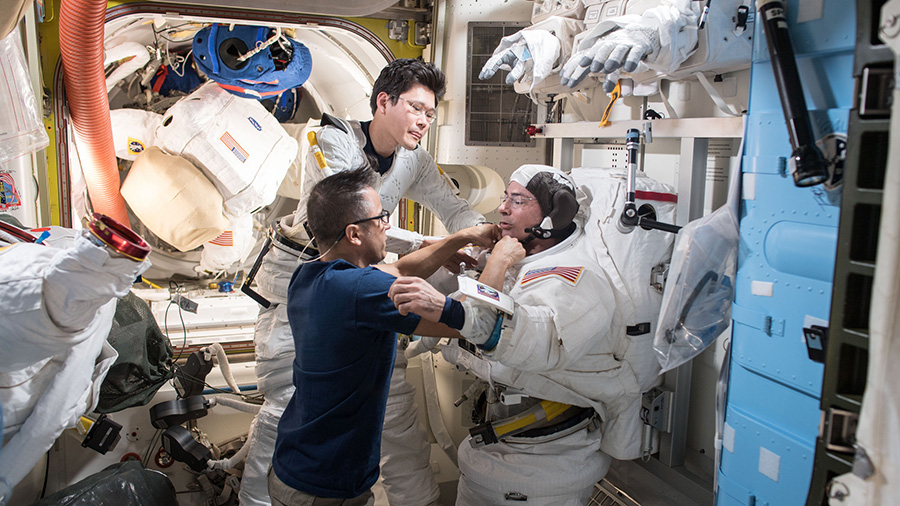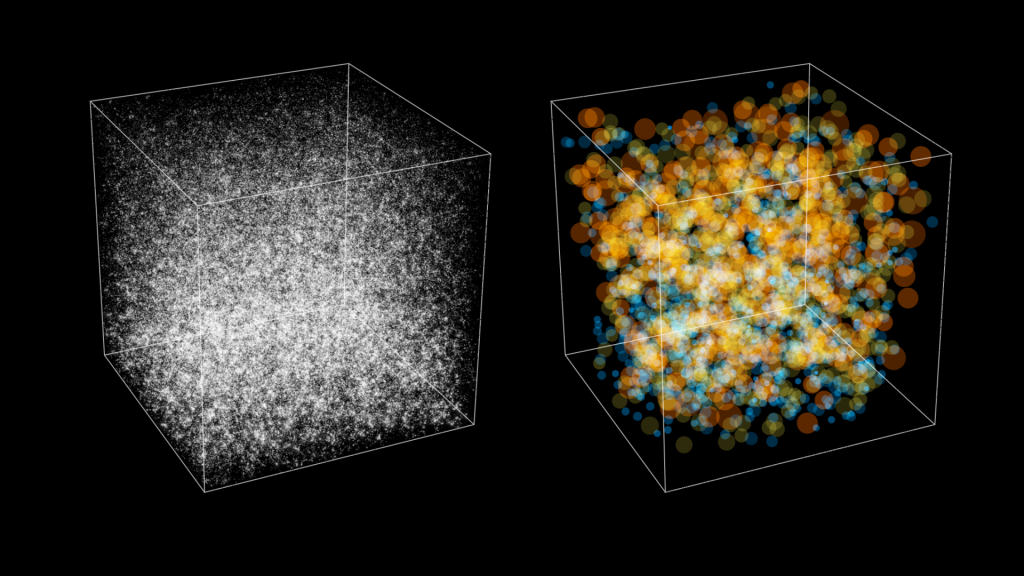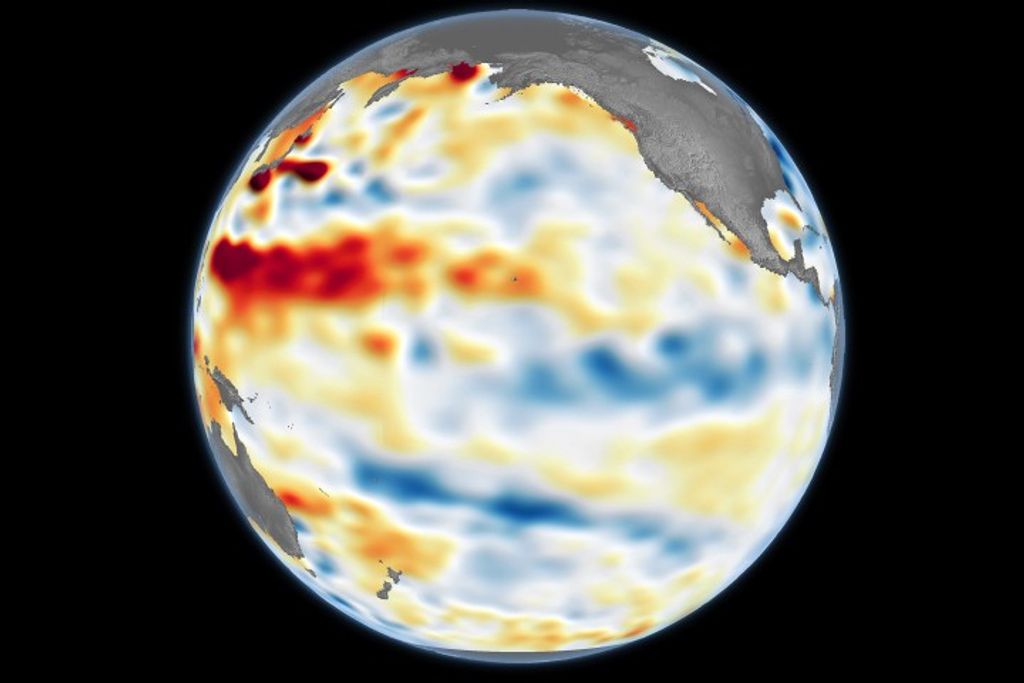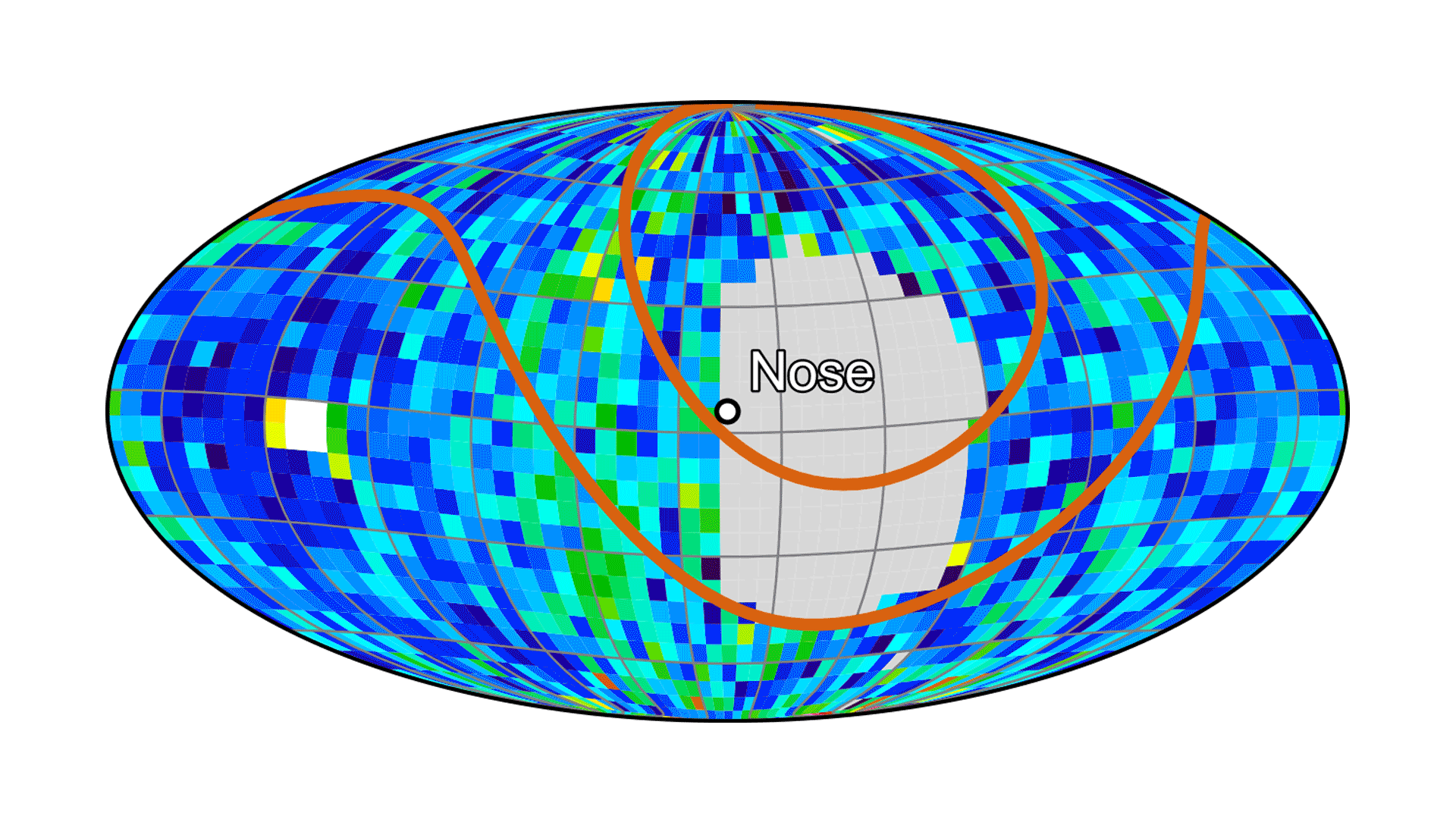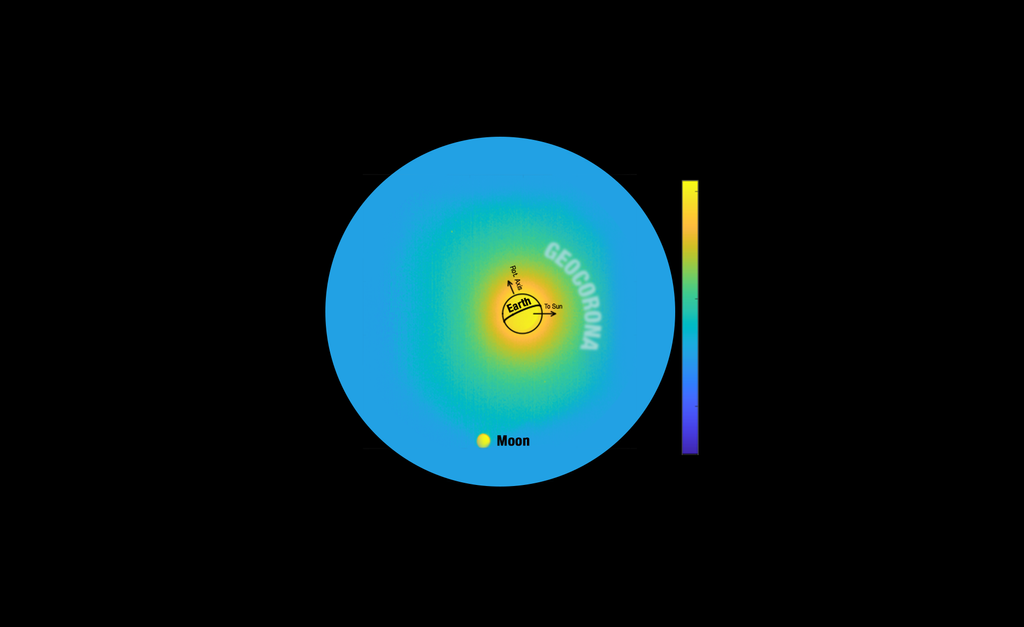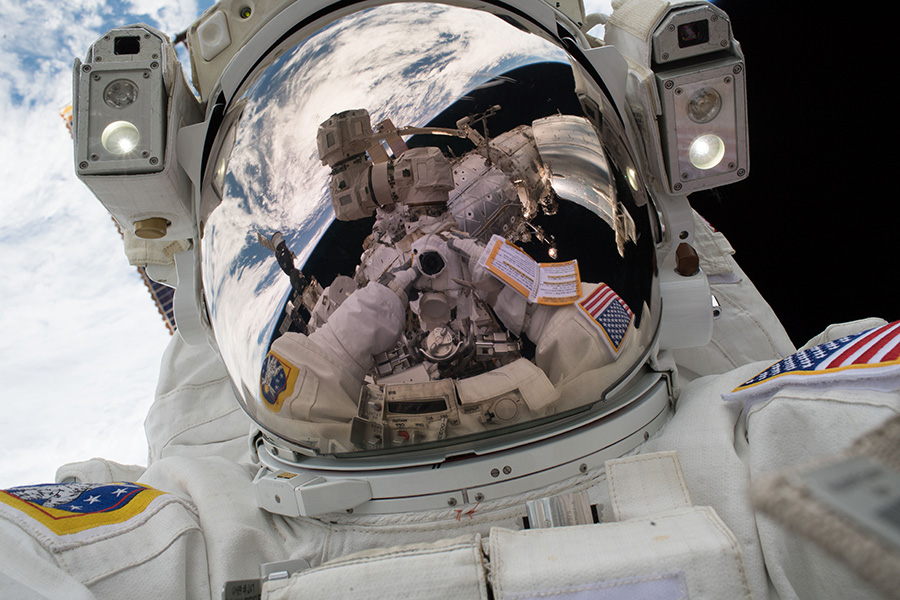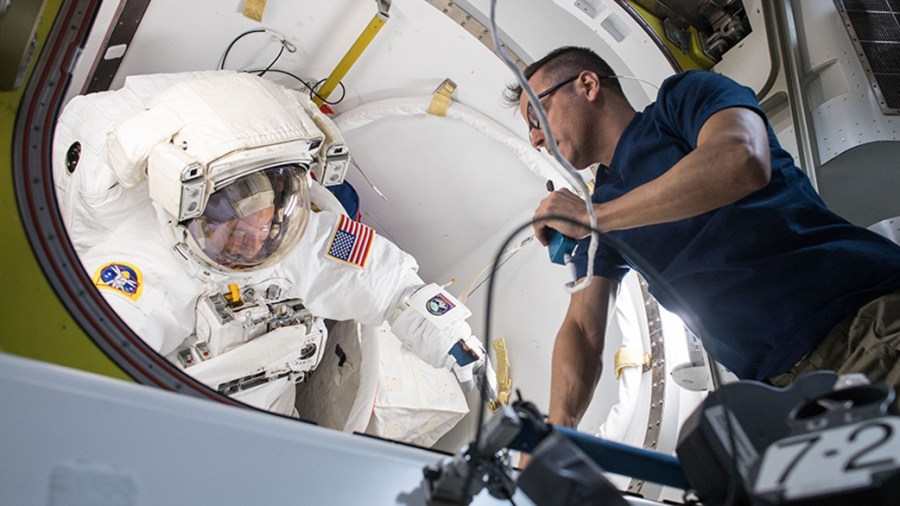Two Expedition 54 astronauts continue preparing for Monday’s upcoming spacewalk to wrap up robotics repair work. The crew is also working on a variety of science gear to ensure the orbital laboratory is in tip-top shape. Flight Engineer Mark Vande Hei is going outside the International Space Station again for this year’s second spacewalk. This …
Crew Looks to Monday Spacewalk and Works on Science Hardware
